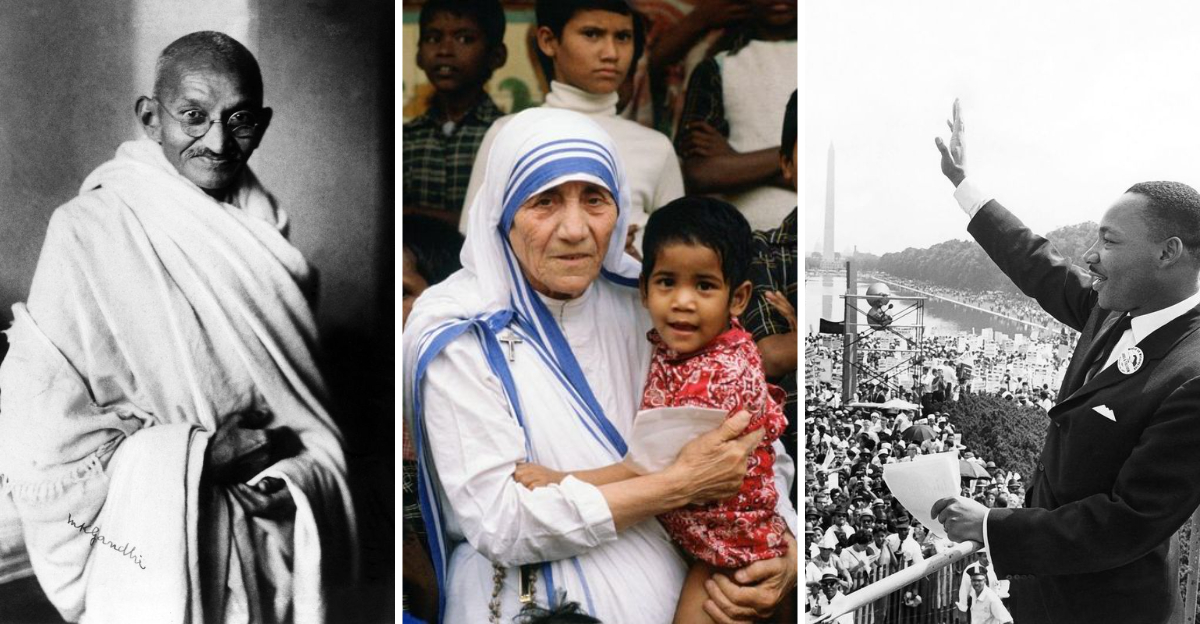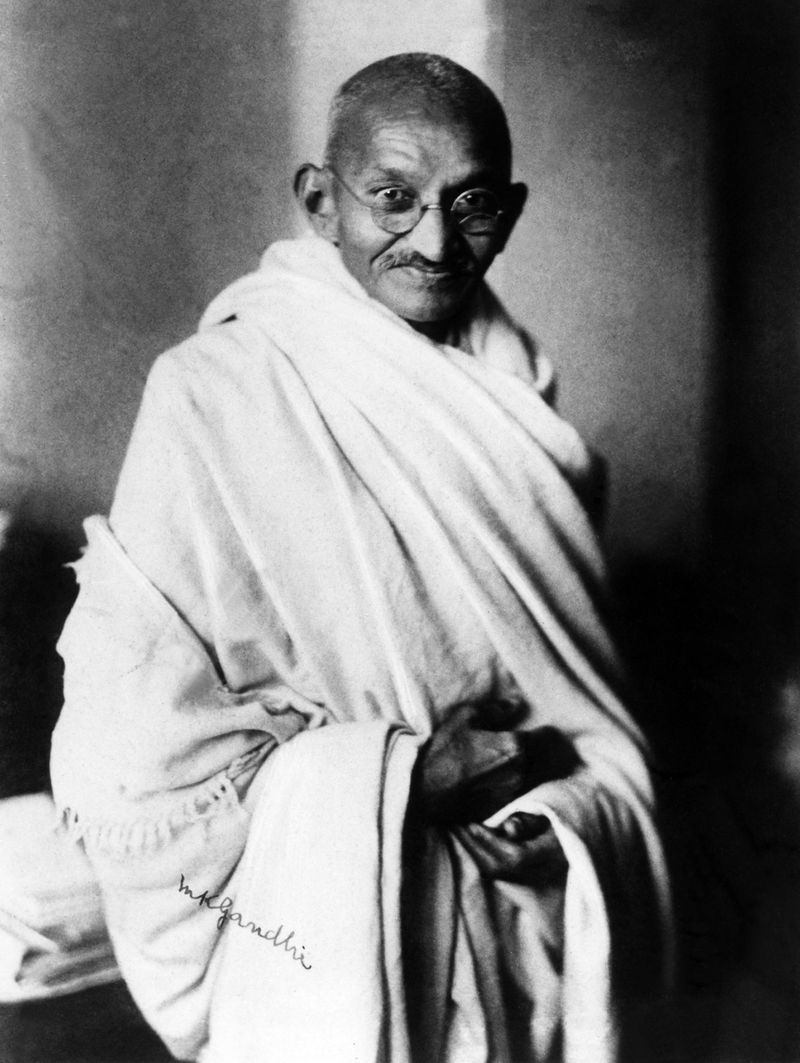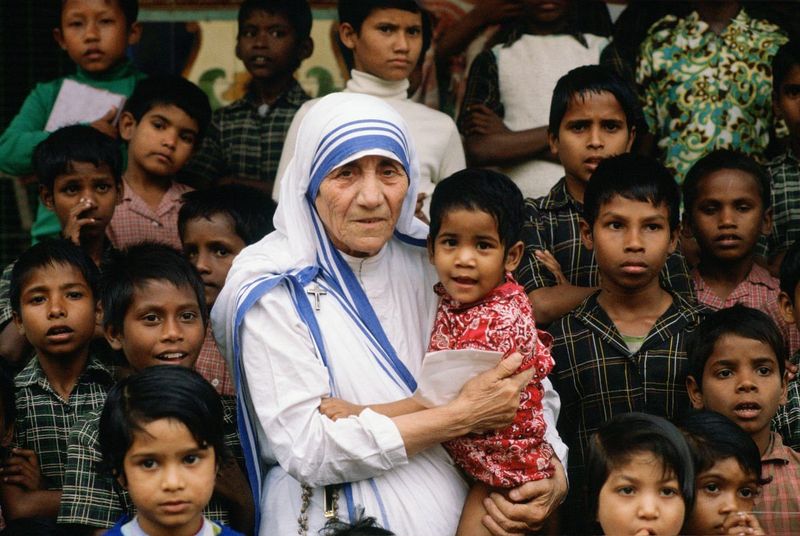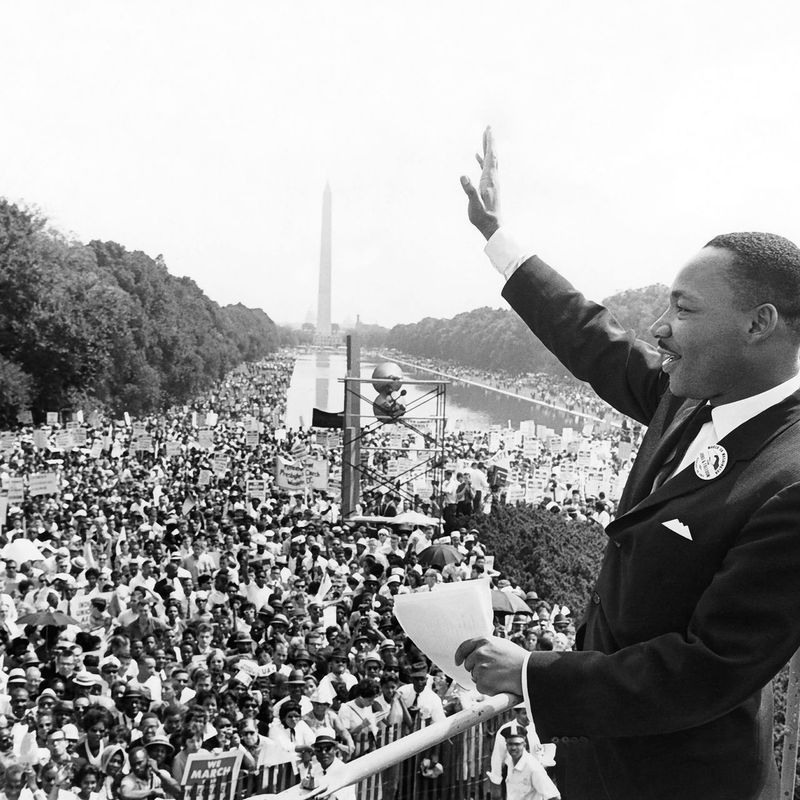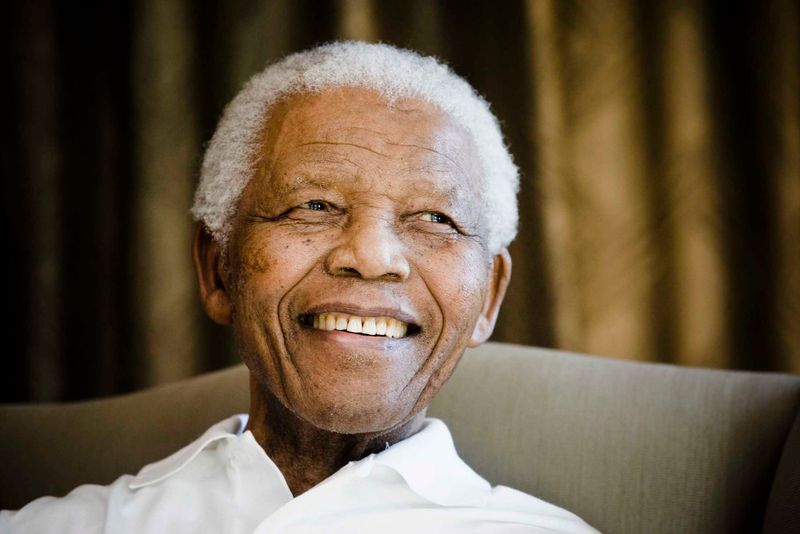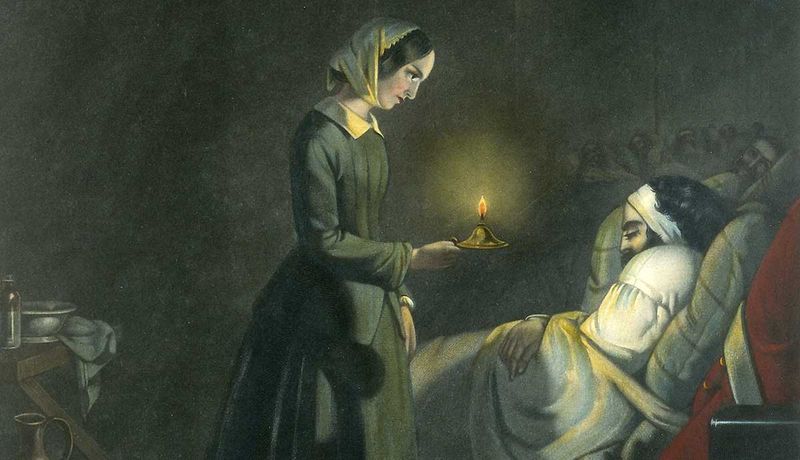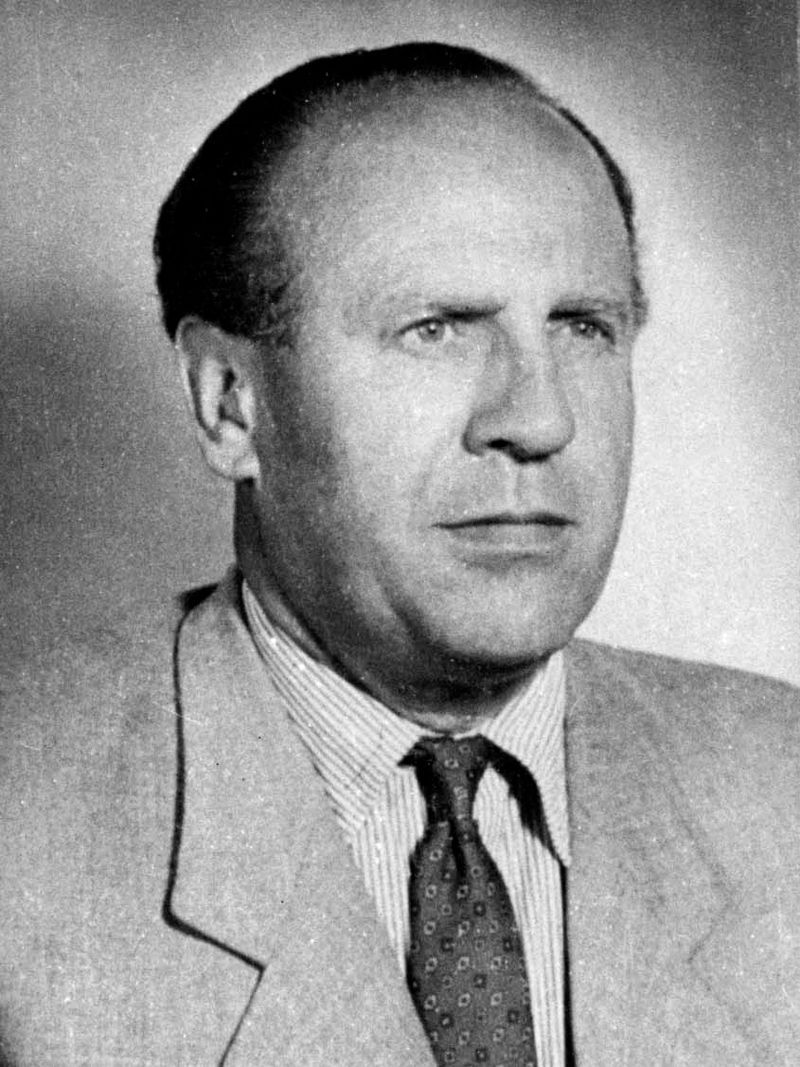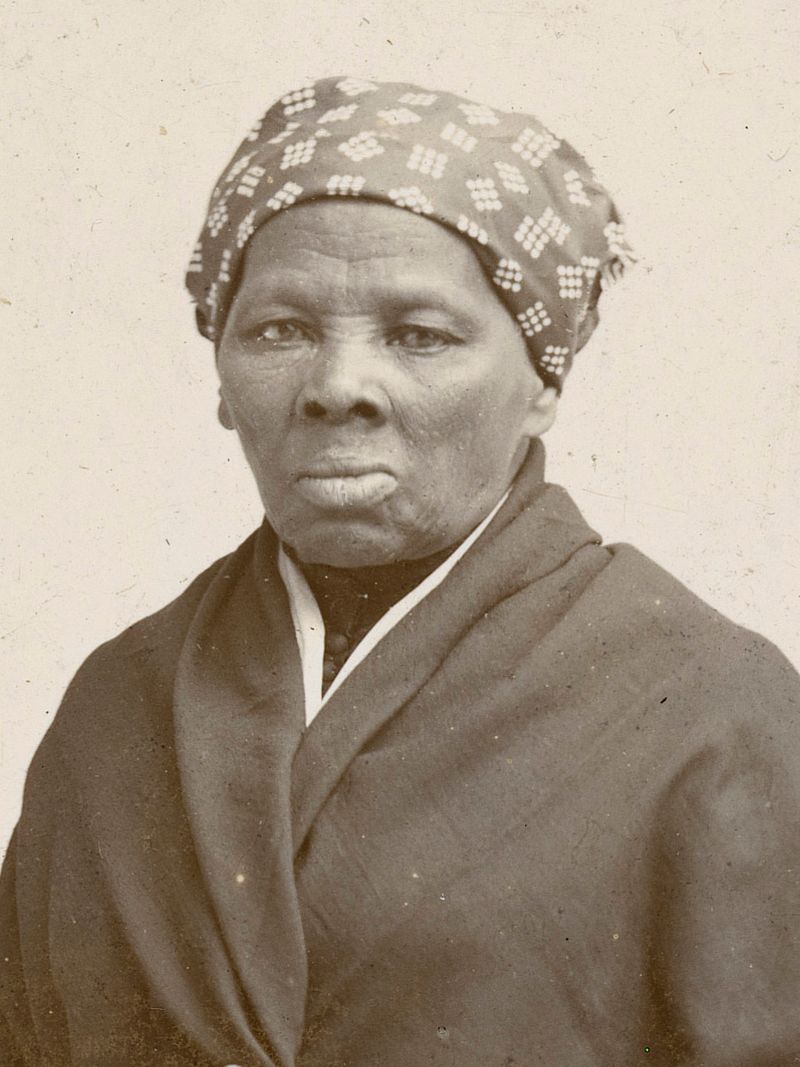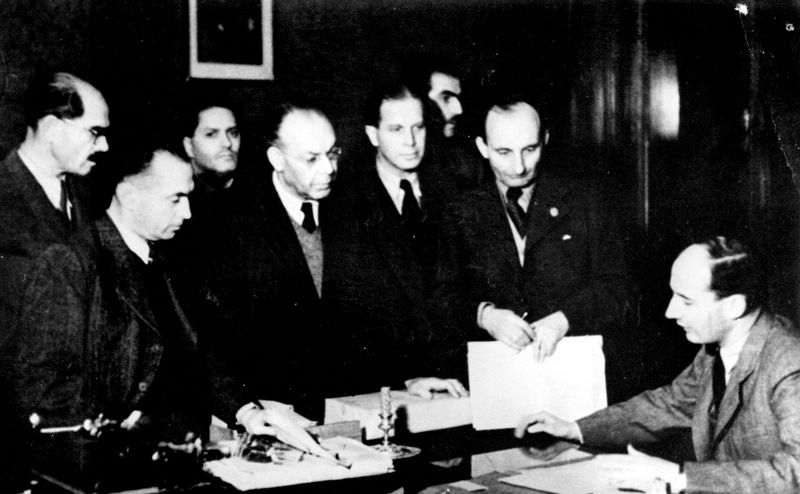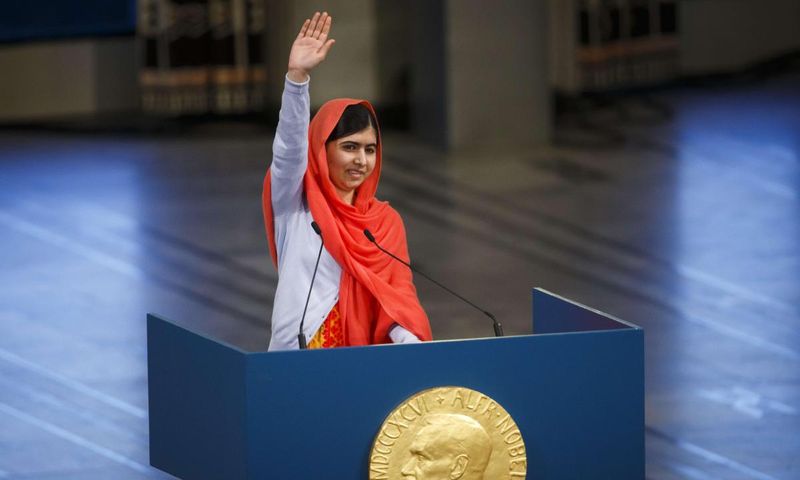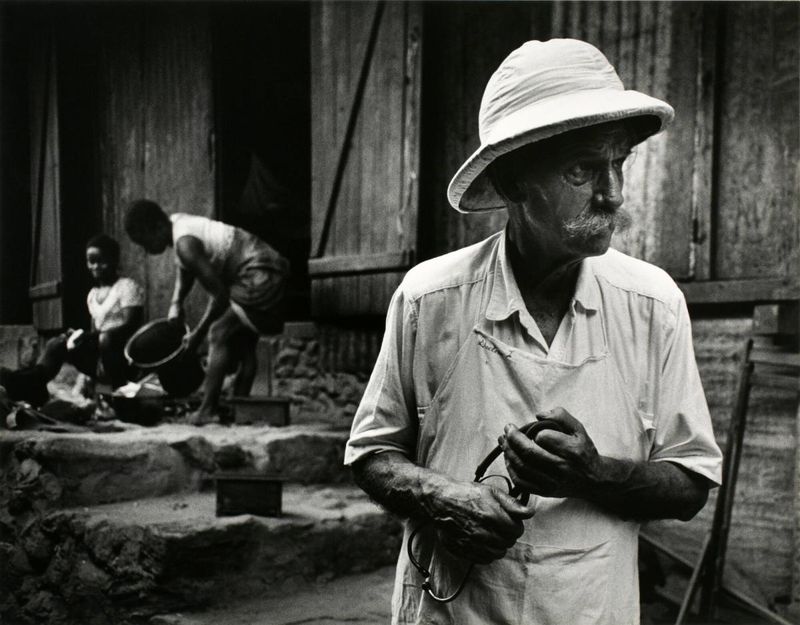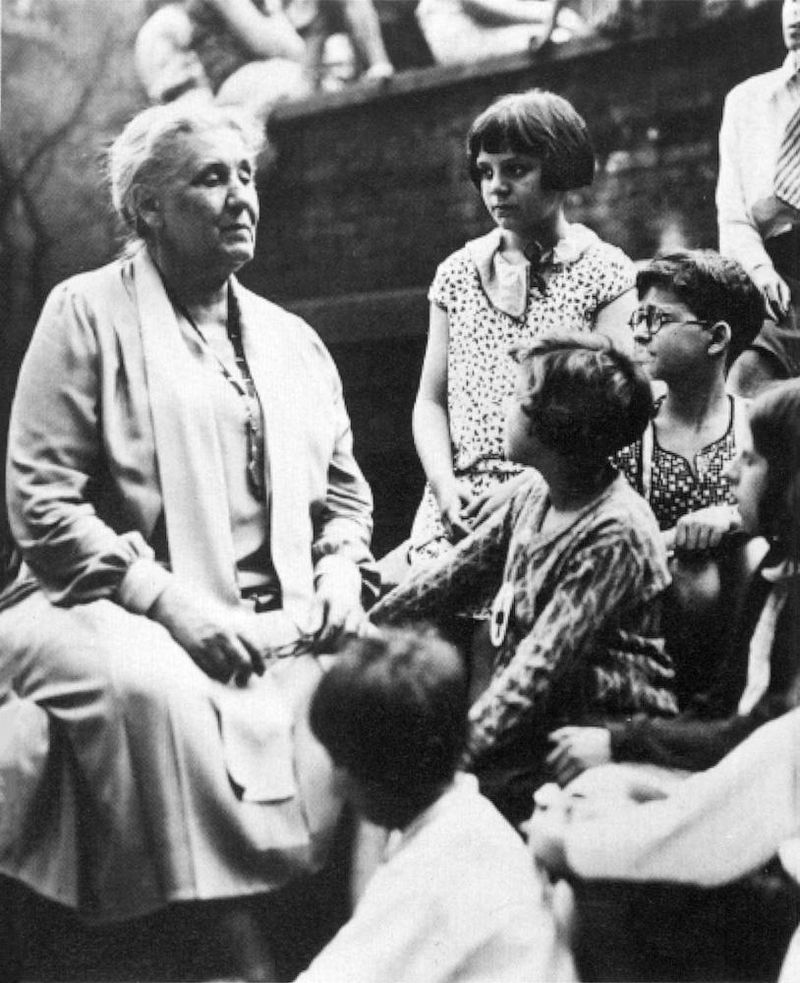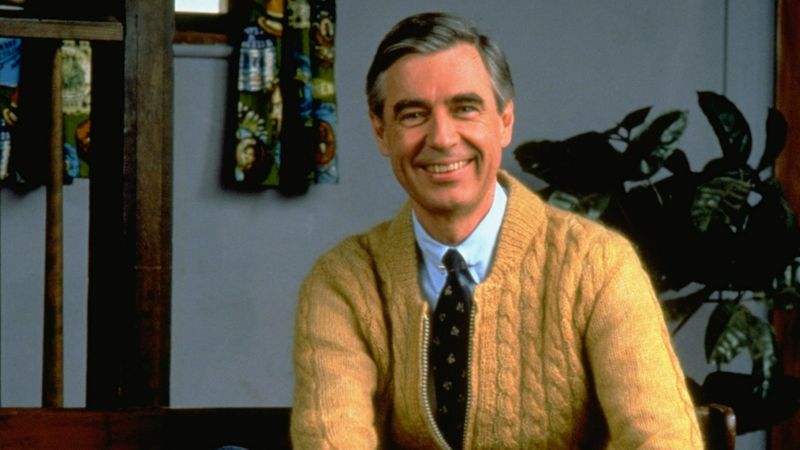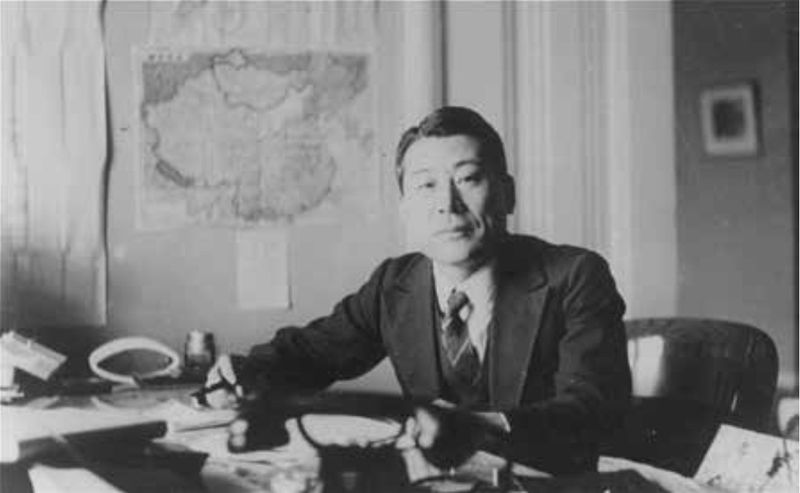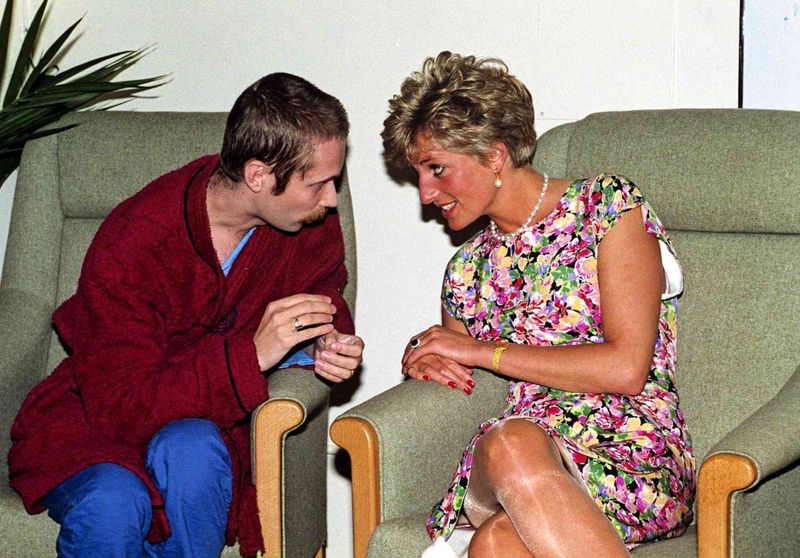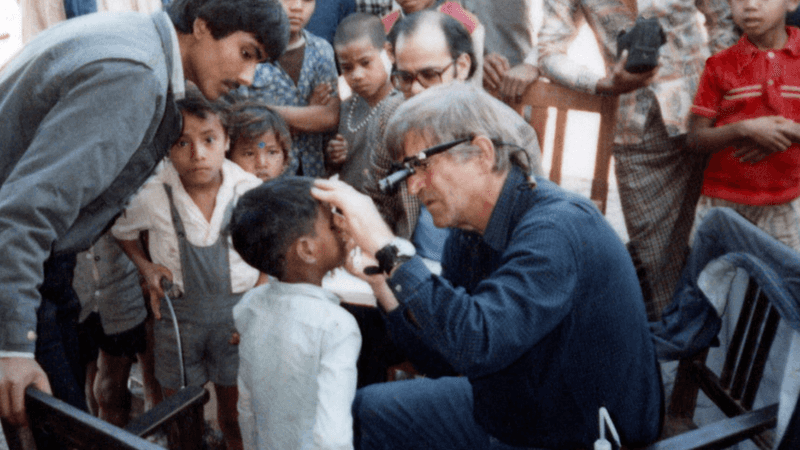Throughout history, certain individuals have shined like beacons of goodness in a world often darkened by conflict and selfishness. These remarkable people dedicated their lives to helping others, fighting injustice, and making our world better. Their stories remind us that one person’s kindness and courage can change countless lives and inspire generations to come.
1. Mahatma Gandhi: Champion of Nonviolence
A frail man with round glasses and a walking stick changed the course of history without firing a shot. Gandhi led India to independence through peaceful resistance, showing the world that love could overcome hate. His philosophy of nonviolence inspired movements across the globe. Despite being imprisoned numerous times, he never wavered in his commitment to peaceful protest. When violence erupted, he would fast until peace returned, using his own body as a weapon for change. Even as he faced death threats, Gandhi remained committed to treating all people with dignity, regardless of religion or social status. His famous words “Be the change you wish to see in the world” continue to inspire activists today.
2. Mother Teresa: Angel of Calcutta
Born in Macedonia as Agnes Gonxha Bojaxhiu, Mother Teresa heard what she described as “a call within a call” that led her to the slums of Calcutta. There, she created homes for the dying, orphanages for abandoned children, and clinics for the destitute sick. Her work with leprosy patients was revolutionary at a time when most people feared even touching them. “The greatest disease,” she often said, “is not leprosy or tuberculosis, but rather the feeling of being unwanted.” Despite receiving the Nobel Peace Prize in 1979, she lived simply until her death, owning just three saris and a bucket for washing. Her Missionaries of Charity now operates in 139 countries, continuing her legacy of compassionate care.
3. Martin Luther King Jr.: Dreamer of Equality
Standing on the steps of the Lincoln Memorial in 1963, King delivered words that would forever change America: “I have a dream.” His powerful oratory skills brought the civil rights movement into living rooms across the nation, making segregation impossible to ignore. King faced constant death threats, was stabbed, had his home bombed, and was jailed 29 times for his activism. Yet he never abandoned his principles of nonviolent resistance, inspired by Gandhi’s example. What many don’t know is that King skipped two grades in school and entered college at just 15 years old. His intellectual brilliance matched his moral courage, creating a leader whose impact continues to resonate decades after his assassination.
4. Nelson Mandela: Forgiveness Personified
Sentenced to life imprisonment for fighting apartheid, Mandela emerged from 27 years in prison without bitterness. “As I walked out the door toward the gate that would lead to my freedom,” he wrote, “I knew if I didn’t leave my hatred behind, I’d still be in prison.” His capacity for forgiveness transformed South Africa. Rather than seeking revenge against his oppressors, he invited his former jailer to his presidential inauguration and had tea with the widow of apartheid’s architect. Mandela loved boxing, not for its violence but for its strategy. He applied this strategic thinking to politics, understanding when to compromise and when to stand firm. His wisdom prevented a civil war that many believed inevitable.
5. Florence Nightingale: Lamp-Bearing Healer
Against her wealthy family’s wishes, Nightingale answered what she called a divine calling to nursing. During the Crimean War, she discovered soldiers were dying more from preventable diseases than from battle wounds. Her revolutionary focus on sanitation and data collection saved countless lives. Known as “The Lady with the Lamp,” Nightingale would walk the wards at night, checking on patients while others slept. Soldiers reported kissing her shadow when it fell across their beds. A mathematical genius, she invented a special type of pie chart to present medical statistics to government officials who resisted her reforms. Her data-driven approach to healthcare remains the foundation of modern nursing practice and hospital design.
6. Oskar Schindler: Unlikely Savior
A German industrialist and Nazi Party member seems an unlikely hero, yet Schindler risked everything to save over 1,200 Jewish lives during the Holocaust. Initially motivated by profit, he underwent a remarkable transformation as he witnessed Nazi atrocities. Schindler spent his entire fortune bribing Nazi officials to protect his workers. He created deliberately faulty ammunition in his factory, sabotaging the German war effort while appearing to support it. After the war, he was reduced to poverty and relied on assistance from the very people he had saved. At his funeral in Jerusalem in 1974, hundreds of “Schindlerjuden” (Schindler’s Jews) and their descendants gathered to honor the man who had given them the precious gift of life.
7. Harriet Tubman: Freedom’s Conductor
Escaping slavery wasn’t enough for Tubman – she returned to the South approximately 13 times to lead others to freedom. With a bounty of $40,000 on her head (equivalent to over $1 million today), she navigated treacherous terrain at night, following the North Star. Tubman carried a pistol, not just for protection from slave catchers but also to prevent frightened runaways from turning back and endangering the entire group. “You’ll be free or die,” she would tell them, understanding that hesitation meant capture for everyone. Despite a severe head injury that caused lifelong seizures and narcolepsy, Tubman never lost a single passenger on her Underground Railroad. During the Civil War, she became the first woman to lead an armed military raid, freeing over 700 enslaved people.
8. Raoul Wallenberg: Diplomat of Mercy
A Swedish businessman with no diplomatic experience, Wallenberg arrived in Budapest in 1944 with an extraordinary mission: save as many Hungarian Jews as possible from Nazi deportation. He designed a special Swedish protective passport with official-looking seals and distributed thousands to desperate families. Wallenberg established safe houses flying Swedish flags, declaring them Swedish territory. When Nazi officials ordered a death march of Jews toward Austria, he raced alongside the columns in his car, handing out protective documents and pulling people to safety. His courage knew no limits – he climbed atop deportation trains bound for Auschwitz, distributing protective papers through roof openings. Wallenberg’s fate remains a mystery; he disappeared after Soviet forces arrested him in 1945, likely dying in a Soviet prison.
9. Malala Yousafzai: Education’s Fearless Advocate
At just 11 years old, Malala began blogging about life under Taliban rule in Pakistan’s Swat Valley, where girls were banned from attending school. Her courage made her a target, and in 2012, a Taliban gunman shot her in the head on her school bus. Surviving against all odds, Malala refused to be silenced. “One child, one teacher, one book, one pen can change the world,” she declared. Her advocacy for girls’ education earned her the Nobel Peace Prize at age 17, making her the youngest recipient ever. Despite continued death threats, Malala established the Malala Fund, which works in regions where girls face the greatest barriers to education. She completed her own education at Oxford University, proving that neither bullets nor threats could stop her pursuit of knowledge.
10. Albert Schweitzer: Jungle Doctor
By age 30, Schweitzer had already achieved fame as a theologian, organist, and philosopher. Then he shocked everyone by enrolling in medical school, determined to serve those with least access to healthcare. In 1913, he established a hospital in Lambaréné, Gabon, using his own funds from organ concerts and book royalties. During both World Wars, as a German citizen in a French colony, he faced internment as an enemy alien but always returned to his patients. Schweitzer’s philosophy of “reverence for life” extended to all creatures. Hospital patients would find themselves sharing space with injured animals he couldn’t bear to turn away. His Nobel Peace Prize money went entirely toward building a leprosy treatment center, exemplifying his lifelong commitment to serving others.
11. Jane Addams: Settlement House Pioneer
After touring Europe’s first settlement houses, Addams returned to Chicago and transformed a dilapidated mansion into Hull House – a community center offering everything from childcare to art classes for immigrant families. Unlike many reformers of her era, she lived among those she served, sharing their daily struggles. Addams fought for child labor laws, women’s suffrage, and better urban sanitation. When garbage collectors ignored immigrant neighborhoods, she accepted an appointment as garbage inspector and personally ensured streets were cleaned. Despite being labeled “dangerous” by the FBI for her pacifist stance during World War I, Addams persisted in her peace activism. Her efforts earned her the 1931 Nobel Peace Prize, making her the first American woman to receive this honor.
12. Fred Rogers: Neighborhood Nurturer
“Mister Rogers” spoke directly to children about their deepest fears and feelings when most adults wouldn’t. After witnessing children’s television full of slapstick and pie-throwing, Rogers created a different kind of show – one that respected children’s intelligence and emotional lives. A Presbyterian minister, Rogers never preached on his program but lived his values daily. He wrote every script, composed all the music, and responded personally to thousands of letters from children. His famous cardigan sweaters were all knitted by his mother. When Congress threatened to cut PBS funding in 1969, Rogers testified before a skeptical Senate committee. His gentle six-minute speech about children’s emotional needs not only saved the funding but moved the hard-hearted committee chairman to declare, “You’ve earned the $20 million.”
13. Chiune Sugihara: Visa Writer of Kaunas
As Japanese consul in Lithuania in 1940, Sugihara faced a moral dilemma when thousands of Jewish refugees gathered outside his consulate seeking transit visas to escape Nazi persecution. His government explicitly denied his requests to help them. Choosing conscience over career, Sugihara spent 18-hour days handwriting visas, continuing even as his train departed when Japan closed the consulate. He tossed signed visa papers from the train window to desperate refugees on the platform. For his disobedience, Sugihara lost his diplomatic career and spent years supporting his family through menial jobs. His actions remained largely unknown until 1968 when a survivor he had saved tracked him down. The visas he issued against orders saved approximately 6,000 lives.
14. Princess Diana: Royal Humanitarian
Breaking royal protocol, Diana shook hands with AIDS patients without gloves when many still feared casual contact could spread the disease. That simple, compassionate gesture helped change public perception worldwide. “HIV does not make people dangerous to know,” she stated firmly, “so you can shake their hands and give them a hug.” Diana leveraged her fame to bring attention to overlooked causes like landmine victims. Walking through partially cleared minefields in Angola, she created iconic images that helped push for the international ban on landmines. Behind the scenes, she would make nighttime visits to homeless shelters with her sons, wanting them to understand lives different from their privileged upbringing. Her legacy lives on through the charitable work of her sons, who continue her compassionate approach.
15. Fred Hollows: Vision Restorer
An Australian ophthalmologist who discovered that Indigenous communities suffered preventable blindness at rates far higher than other Australians. Hollows dedicated himself to changing this reality, establishing eye health programs in remote areas where medical care was scarce. His revolutionary approach involved training local technicians to perform cataract surgeries in developing countries. Hollows fought to reduce the cost of artificial lenses from $150 to just $5, making sight-restoring surgery accessible to millions. Even while battling cancer, Hollows worked tirelessly to establish lens factories in Nepal and Eritrea. Though he died before seeing these factories completed, his foundation has restored sight to over two million people. As he often said, “Every eye is an eye – once you’ve seen one, you’ve seen them all.”
